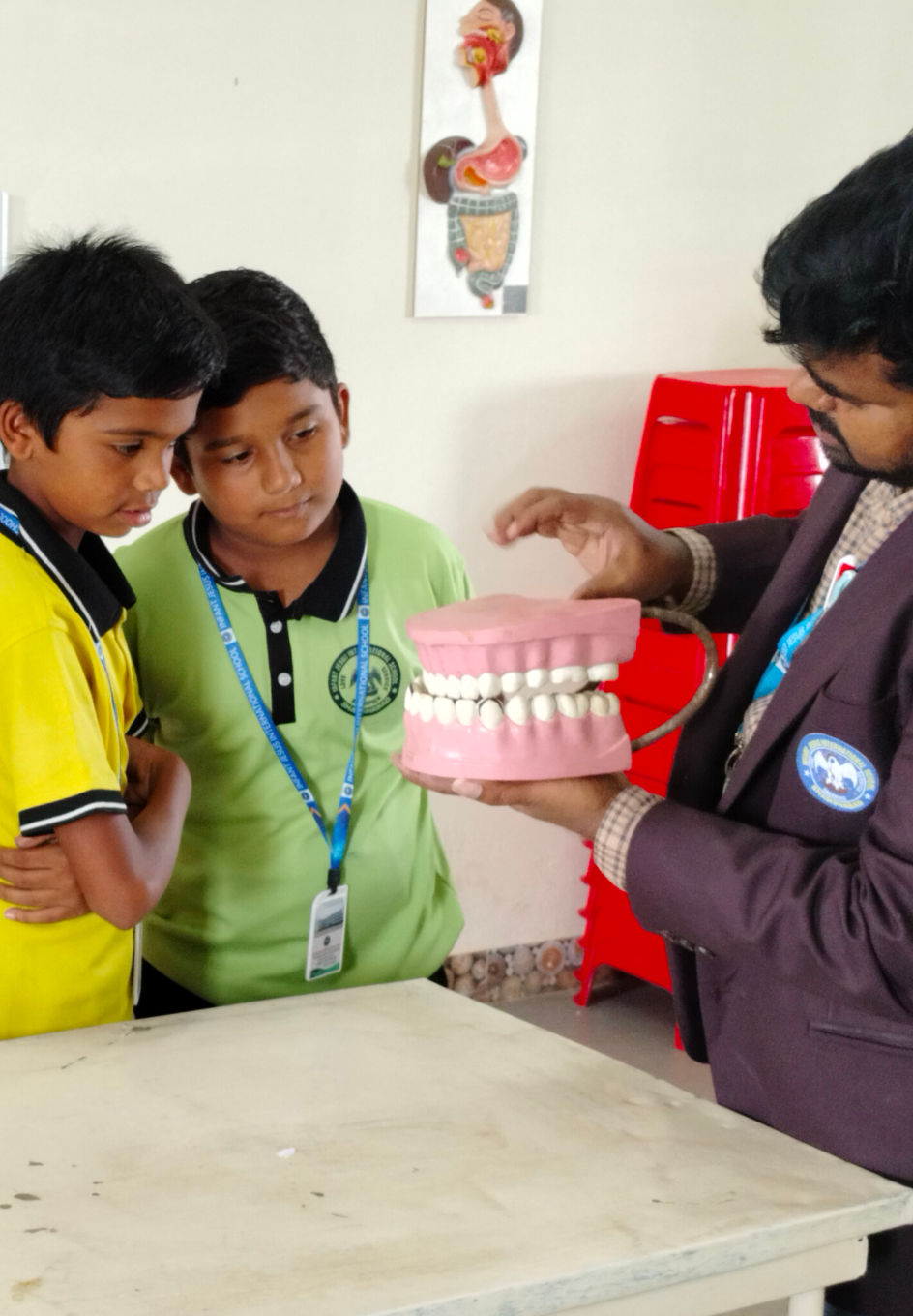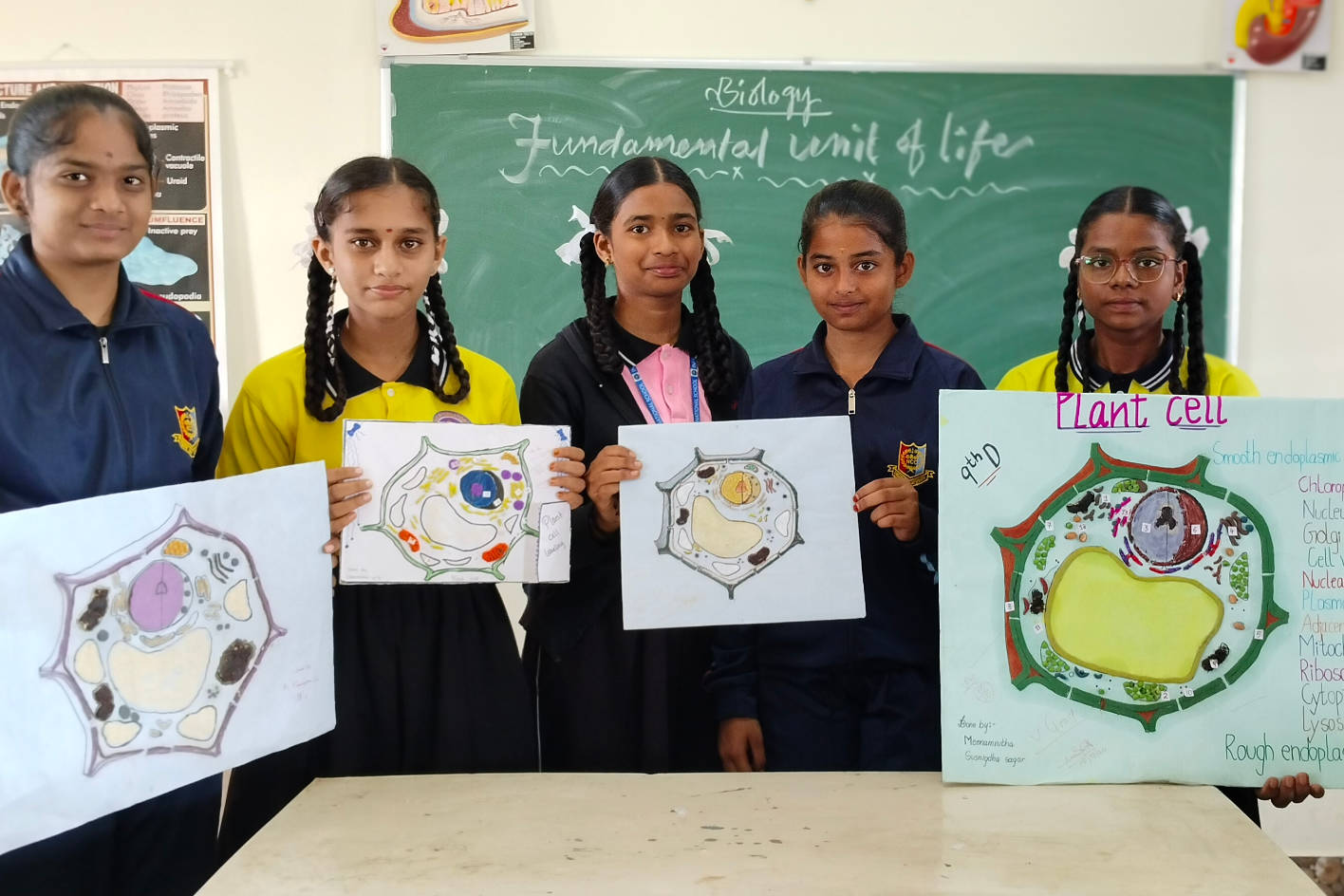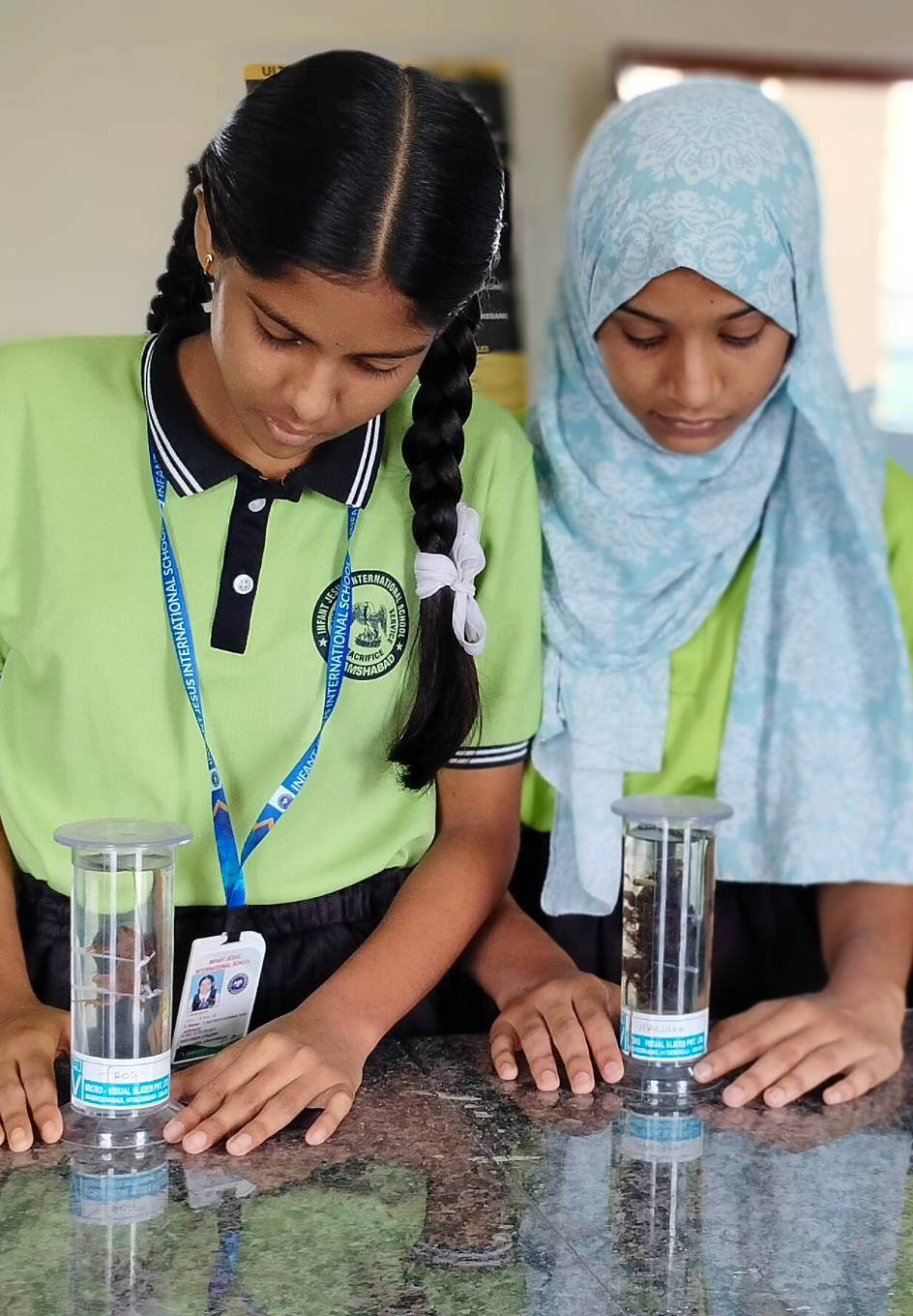Explore the Wonders of Science
Our Science Lab is a place where learning transforms into discovery. With engaging experiments, interactive lessons, and a supportive environment, we make science accessible and exciting for students. Whether investigating the human body, exploring plant cells, or understanding chemical reactions, students are encouraged to ask questions, make observations, and develop a lifelong passion for science. Come and be a part of our scientific community, where every lesson is an opportunity to uncover the wonders of the natural world.
Join us in the science lab to experience the thrill of scientific inquiry and develop a deeper appreciation for the natural world.





